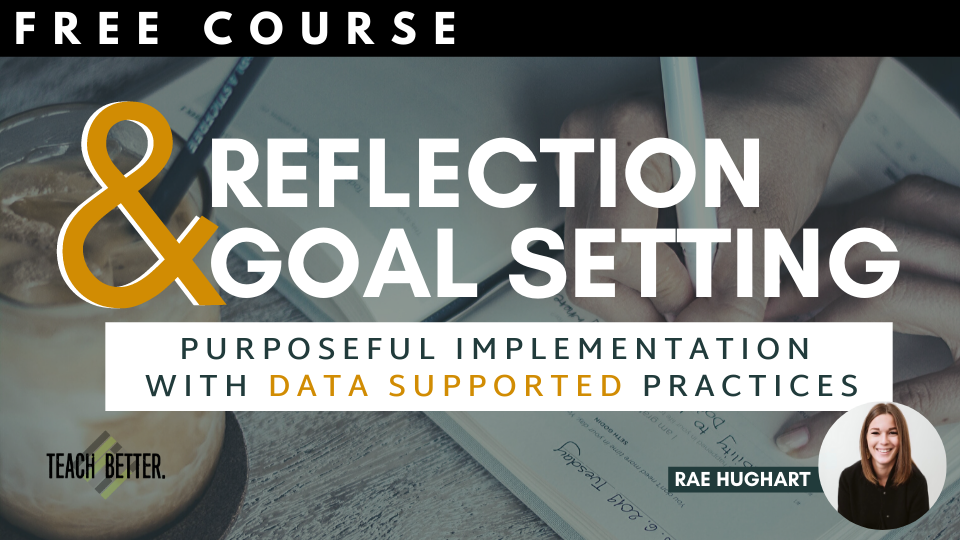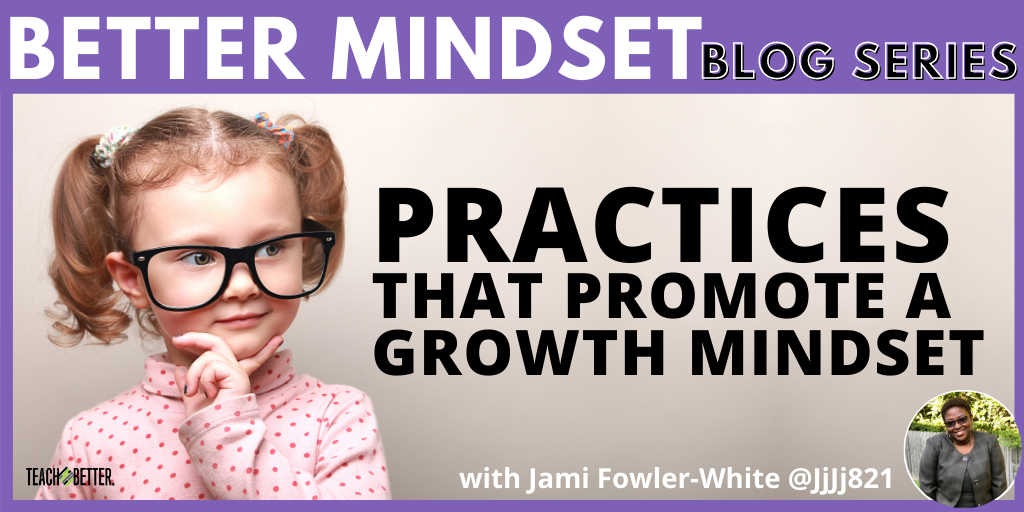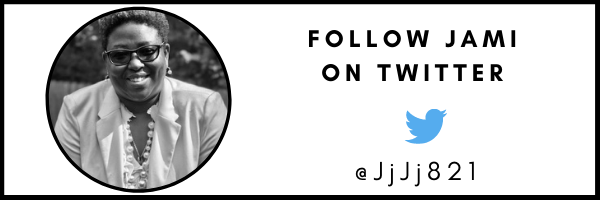TL;DR:
- We need to identify fixed mindset triggers in order to train our brain to focus on a growth mindset.
- Embody a growth mindset each day by changing the words you use.
- There are a number of questions you can use with students to help shift their mindset.
Putting Mental Health at the Forefront
“Life is like a CAMERA. Just focus on what’s important and capture the good times. DEVELOP from the negatives. And if things don’t work out…just take another SHOT.” ~ Ziad-K-Abdelnour

Photo Credit: DepositPhotos.com
Simply put, mindset is defined as mental attitude. As we embark on a school year that is unlike any other we have faced, it will be important for us as educators to make sure that we have prepared ourselves mentally in regard to the trauma that has been endured over the past few months, and prepare for the challenges that we will inevitably face as the year progresses.
2020 has been quite the year. Our students this year have been transformed in more ways than we can imagine. Their mental well-being should be a priority.
Recently, the administrative team and I were preparing professional development for the staff. We included “motivational moments” at the beginning of the day. After lunch, we devoted five to ten minutes to make sure that our staff had the right mindset.
Here is the motivational moment that I shared: Tyler Wade’s No Matter How Hard it Gets.
Have you thought about the practices you will incorporate daily to help ensure that students are mentally ready to learn and strive for excellence?
Don’t worry about being perfect. No one is. Sometimes technology doesn’t work when we need it to, and life happens. Take it slow and model resilience. Click To TweetFixed vs. Growth Mindset
Research discusses two types of mindsets. The first is a fixed mindset. A fixed mindset is based on the premise that achievement is the affirmation of a person’s natural intelligence, character, artistic, and creative skills.
Dr. Carol Dweck’s research notes that the characteristics of this mindset include seeing effort as ineffective, disregarding feedback because it is seen as criticism, dodging challenges, and lastly are intimidated by the success of others (Dweck, 2008).
The second mindset is called a growth mindset. When you have a growth mindset, you thrive on challenges, see failure not as evidence of unintelligence, but as a reassuring catalyst for development and expanding existing abilities.
Dr. Dweck’s research outlines the characteristics of this mindset as involving learning from criticism, seeing effort as a path to mastery, persevering when facing obstacles, embracing challenges, and finding lessons and motivation in the success of others. This attribute leads to a determination to understand new things, and a belief that intelligence can be cultivated and that they can accomplish much (Dweck, 2008).
Identifying Fixed Mindset Triggers
Everyone suffers from a fixed mindset at some point. The key is to learn how to shift your mindset. Staying in a fixed mindset often leads to plateauing early in life and failing to reach your full potential. As an educator, I believe that all students can achieve great things. Therefore, it is critical for us to help students figure out their fixed mindset triggers so that they learn to recognize them and begin to move forward, learn, and grow up to reach their full potential.
To help students identify their fixed mindset triggers, conduct a simple exercise by asking students to answer the following questions:
- How do you respond when you receive a grade on an assignment?
- What is your initial response when you fail to reach a goal that you have set for yourself?
- Have you ever given up on a task, assignment, or test because you thought it was too hard?
Reflecting on the Triggers
Tell students to look at their answers. Ask if their answers say they get upset and stop working, or they keep trying and tell themselves they’ll do better next time.
Then begin teaching students about these two mindsets using the right now and moving forward approach.
The right now is the fixed mindset and only focuses on what is going on the present and what is occurring now.
What we want is for students to begin to say moving forward when they do not accomplish a goal on the first try or when they do not achieve the grade they were shooting for on a test or assignment. Moving forward is a very powerful context.
It teaches students to look forward to the future and remember that there is still time to work towards reaching a goal. Success takes time, so we want to make sure students are taught that by changing their words, they also change their mindset.
Shifting to a Growth Mindset
Educators should teach students that the goal of the classroom is to believe that they can get smarter, that effort makes them stronger, to productively struggle as they persevere through assignments, and to learn from mistakes. Teachers should show students how to change their words.
- Instead of: I don’t understand.
- Say: What am I missing?
- Instead of: I made a mistake.
- Say: Mistakes help me improve.
- Instead of: It’s good enough.
- Say: Is this really my best work?
- Instead of: I give up.
- Say: I can do this!
- Instead of: I can’t make this any better.
- Say: I can always improve.
- Instead of: I’m not good at this.
- Say: I’m on the right track.
MakersEmpire.com suggests the following questions to use with students to help shift their mindset. Consider adding them to your classroom feedback loop:
- Did something go wrong? Great! How can you use this mistake to improve your design?
- Finished? Really? Have you put in the effort to achieve a result you are proud of?
- Stuck? Awesome! What can you try next? What other ways might there be?
- Not happy with your design? Fantastic! Who can you seek feedback from to make your design better?
- Easy? Right! How can we make this more challenging for you?
- Proud of your design? Congratulations! Where to next? What are your goals?

Implementing the Growth Mindset
My hope is that you have taken time to think about your current mindset and have thought about your fixed mindset triggers. It will be important to keep a pulse on not only your students’ mindsets, but on your own, as the year progresses.
Students will comply by doing what you say, but are always watching what we do. Over the next few weeks, be careful how you react when things don’t go as you planned and work on a growth mindset for students.
As you plan to implement the growth mindset model in your classroom, create a back-up plan for how you will react when something goes wrong, when you get stuck, or when a lesson doesn’t turn out as planned.
Don’t worry about being perfect. No one is. Sometimes technology doesn’t work when we need it to, and life happens. Take it slow and model resilience. Teach your students that you learn from mistakes, adjust in the moment, and move on to achieve greatness.
References:
Dweck, C. (2008). Mindset: The New Psychology of Success. New York: Ballentine Books
About Jami Fowler-White
Jami Fowler-White is the CEO of Digital PD 4 You, LLC. Over the past two decades, she has served in many capacities in education which include ten years as a classroom teacher, an Instructional Coach, and a Core Advocate with Achieve the Core. She currently mentors First-time and Renewal candidates for the National Board and is a charter member of the National Board Network of Minoritized Educators and Black Women Education Leaders, Incorporated.
Additionally, Mrs. Fowler-White is also a proud member of Delta Sigma Theta Sorority and currently serves as an assistant principal in Shelby County Schools (TN). Fowler-White also provides professional development under the umbrella of the National Board and Digital PD 4 You for schools and districts.
She is the author/coauthor of several books including, Educator Reflection Tips, Volume #1, EduMatch’s Snapshots in Education 2020: Remote Learning Edition, The Skin You are In: Colorism in the Black Community, 2nd Edition, and Educator Reflection Tips, Volume II: Refining our Practice.
Jami blogs at DigitalPD4You.com , has a bi-monthly leadership blog on Insight Advance, and writes a monthly blog entitled the Better Mindset on TeachBetter.com She can be contacted via email at: jwhite.nbct2008@gmail.com and invites you to connect with her on Twitter via @JjJj821




